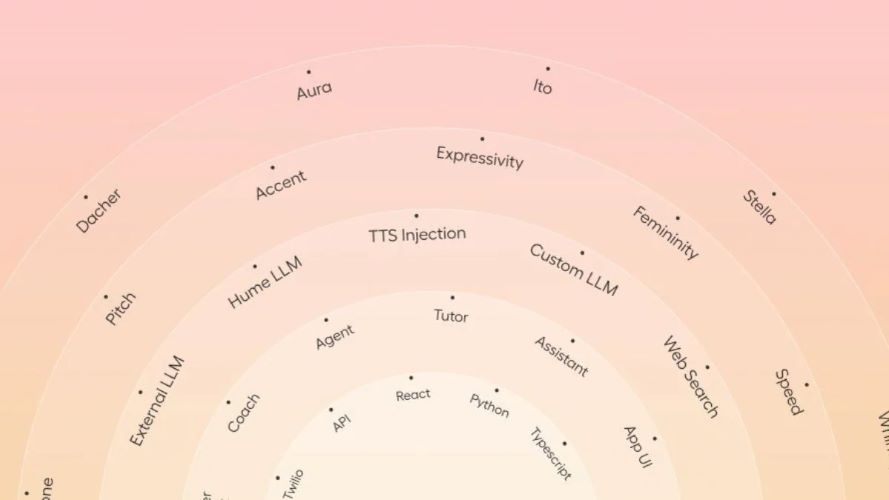Hume Introduces Interpretability-Based Voice Control Feature

Hume, a New York-based artificial intelligence firm, has made a significant advancement in the realm of AI voice technology. On Monday, the company unveiled a new tool called Voice Control. This innovative feature allows users to customize AI voices to better suit their applications. By focusing on granular control over various voice dimensions, Hume aims to help developers create unique and tailored voice experiences for their chatbots and other AI-based applications. This article explores the capabilities of Hume’s Voice Control, its implications for businesses, and future developments in AI voice technology.
Understanding Hume’s Voice Control Feature
Hume’s Voice Control feature stands out by offering developers the ability to customize AI voices in a detailed manner. Rather than providing a broad selection of voices, the tool allows users to manipulate ten specific dimensions of voice. These dimensions include gender, assertiveness, buoyancy, confidence, enthusiasm, nasality, relaxedness, smoothness, tepidity, and tightness. Each dimension can be adjusted using a slider that ranges from -100 to +100. This design choice aims to eliminate the ambiguity often associated with textual descriptions of voice characteristics.
The tool is currently in beta and accessible to anyone registered on the Hume platform. Early testers, including staff from Gadgets 360, have reported that altering any of the ten dimensions results in noticeable changes to the AI voice. Hume has developed a new “unsupervised approach” that maintains the core characteristics of the base voice while allowing for specific parameter adjustments. This innovative method ensures that the voices remain recognizable even when modified significantly.
Addressing Brand Identity with Custom Voices
One of the primary goals of Hume’s Voice Control is to assist enterprises in finding the right AI voice that aligns with their brand identity. In a blog post, the company emphasized the importance of voice perception in creating a connection with users. A voice can convey various emotions and attitudes, such as being assertive, relaxed, or buoyant. By enabling developers to customize these aspects, Hume empowers businesses to create a more engaging and relatable user experience.
For instance, a financial institution may prefer a confident and assertive voice to instill trust, while a wellness app might opt for a more relaxed and soothing tone. This flexibility allows companies to tailor their AI interactions to better resonate with their target audience. As businesses increasingly rely on AI for customer engagement, having the ability to customize voice characteristics becomes a crucial asset in maintaining brand consistency and enhancing user satisfaction.
Future Developments and Enhancements
Looking ahead, Hume has ambitious plans for expanding its Voice Control feature. The company aims to increase the range of base voices available for customization. Additionally, Hume intends to introduce more interpretable dimensions, which will provide even greater control over voice characteristics. Enhancing the preservation of voice traits during extreme modifications is also a priority for the company.
Moreover, Hume is working on developing advanced tools that will allow users to analyze and visualize voice characteristics. These tools could provide valuable insights into how different voice parameters affect user perception and engagement. While the current version of Voice Control is already powerful, these future enhancements promise to make it an even more indispensable tool for developers and businesses alike.
Observer Voice is the one stop site for National, International news, Sports, Editor’s Choice, Art/culture contents, Quotes and much more. We also cover historical contents. Historical contents includes World History, Indian History, and what happened today. The website also covers Entertainment across the India and World.

